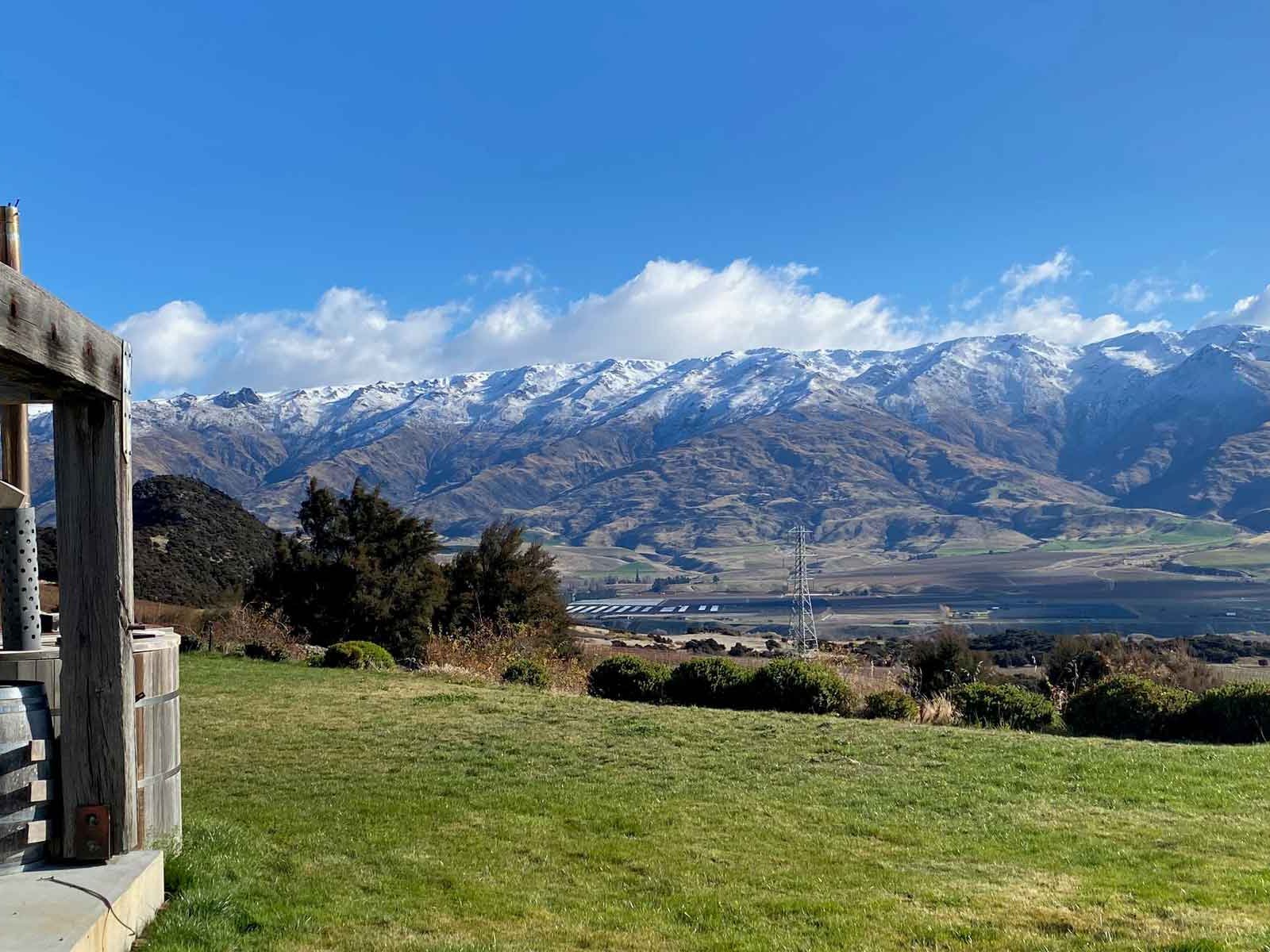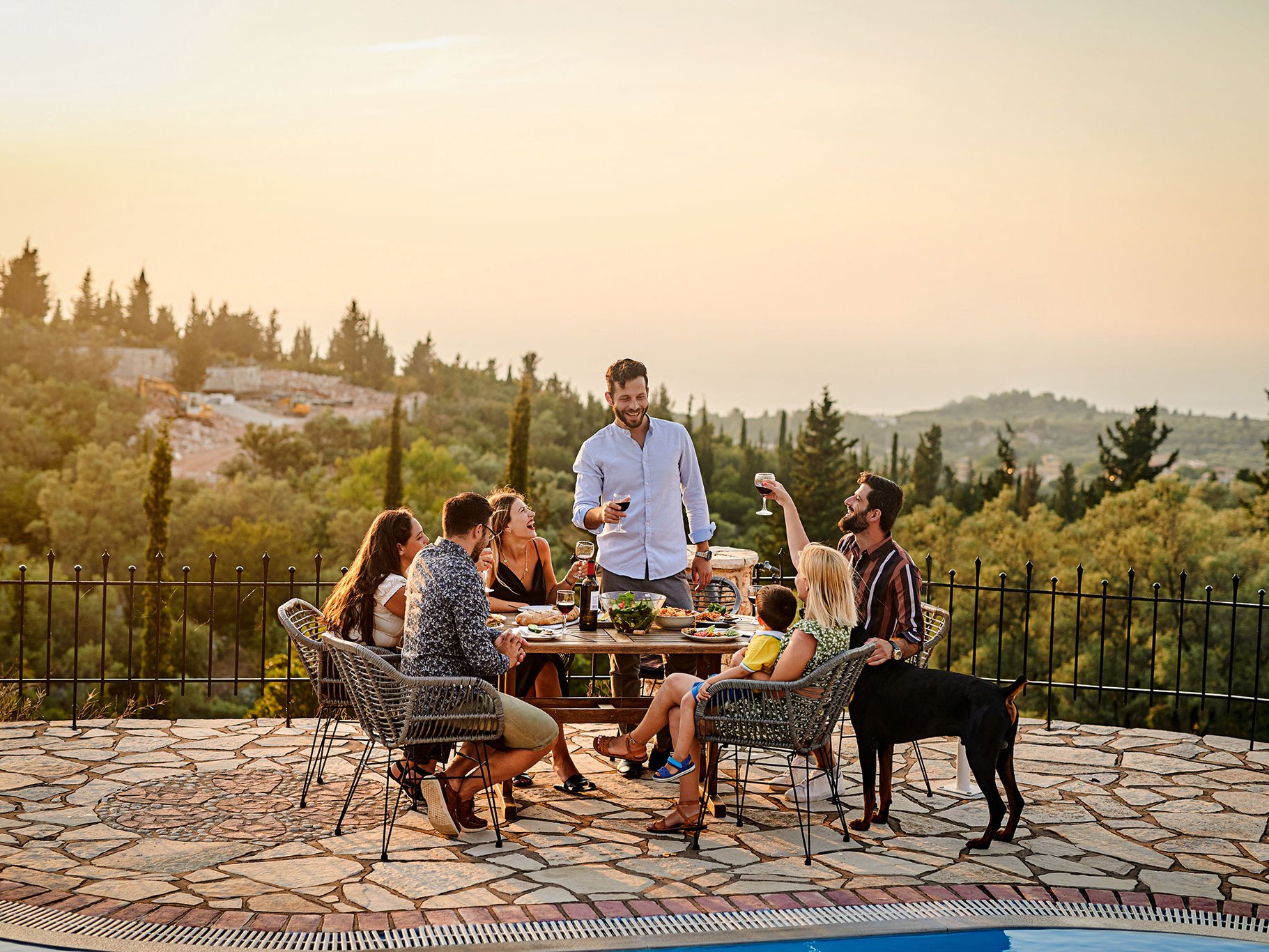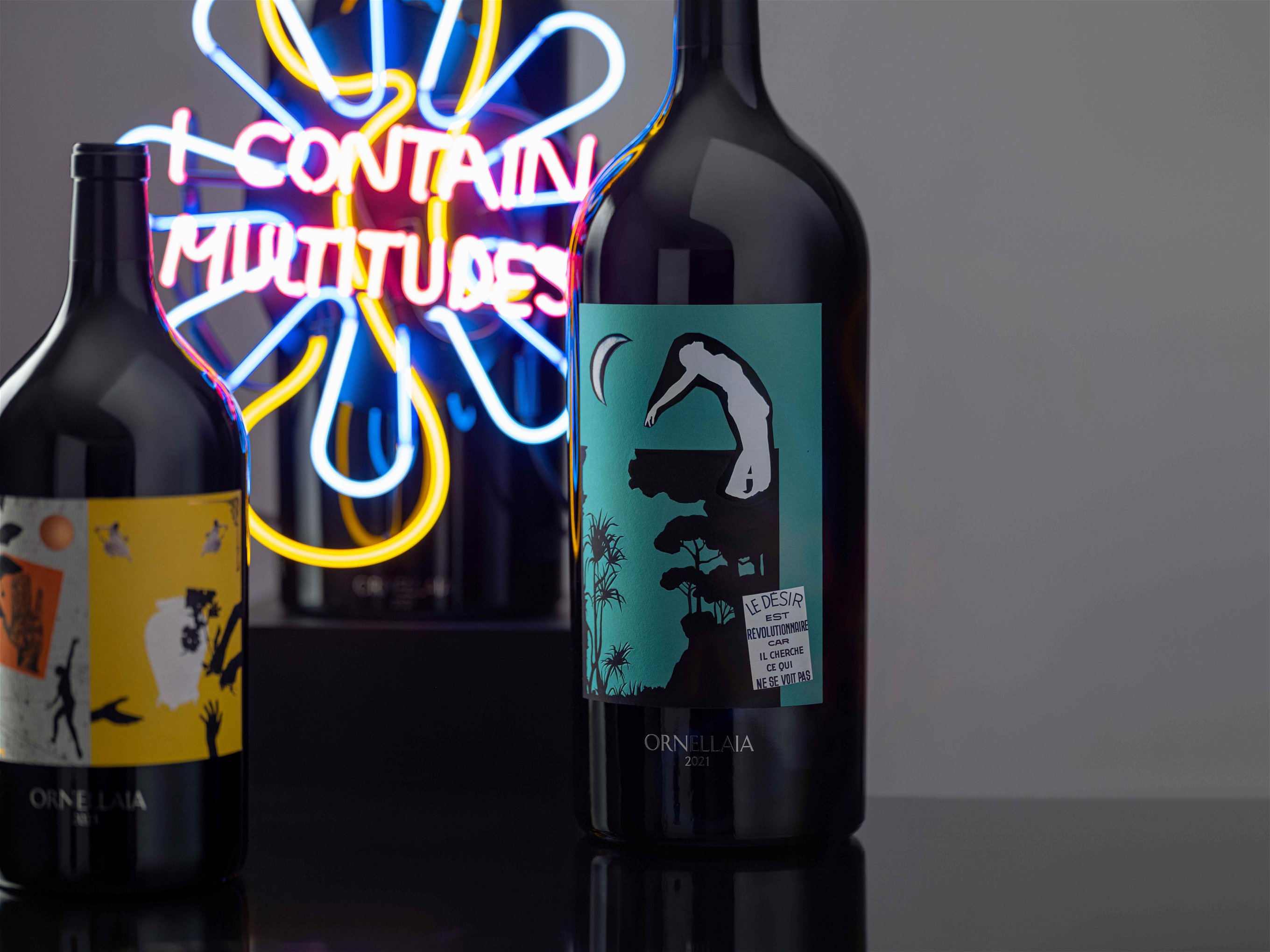Margaret River Cabernet Sauvignon: Honing Regional Style
Falstaff takes a closer look at the Western Australian region, where sustainable farming practices make its elegant Cabernet Sauvignons even better.
If you’re looking to embrace organic or sustainable winemaking, then it doesn’t hurt to start somewhere like Margaret River. This remote corner of southwestern Australia basks in warm, dry summers, cooled and cleansed by sea breezes. It’s a gloriously healthy place for both humans and vines to exist.
Disproportionate
The relatively low disease and rot pressure here helps to explain why an impressive 12% of Margaret River’s 5,840 hectares of vineyards are farmed organically. It also helps that the wine region is dominated by smaller scale, higher end producers. This total vineyard area is split between 200 wineries and just 2% of Australia’s wine comes from Margaret River. Such modest volume is entirely disproportionate to this region’s booming resonance among fine wine lovers, especially devotees of Bordeaux style blends and the aristocratic Cabernet Sauvignon grape.
Quality factors
It’s not just the well-draining, low vigour gravelly soil and the warm, dry growing season that combine to create perfect conditions for late-ripening Cabernet Sauvignon. Bart Maloney from Vasse Felix highlights the “beautiful cool nights” that bring such welcome respite in summer. “Definitely the grapes benefit from that,” he insists. “It extends the growing season – that is particularly important with Cabernet for tannin ripeness and getting the skins ripe.” What is more, Maloney explains, “that diurnal variation helps to retain acid in the grapes.”
A special clone
This is not just any old Cabernet Sauvignon. Many of Margaret River’s oldest, finest vineyards are planted with the Houghton Clone. Originally introduced in the 19th century, these Cabernet vines found a home in the Swan Valley near Perth and were nurtured from the 1930s in a special block at Houghton Vineyard. When the first Margaret River vines went into the ground in 1967, they were cuttings taken from Houghton. That ripeness, flavour intensity and less overtly herbaceous character which characterises Margaret River Cabernet may be shaped in part by the soil and climate, but it is no coincidence that they’re also all particular attributes of the Houghton Clone.
Stylistic spectrum
Margaret River hasn’t proved entirely immune to the winds of fashion. The style of wine here did nudge towards that 1990s trend for very ripe styles. That said, Maloney flags up the improved affordability of bird netting at this time as another considerable influence behind those later picking dates. As for the stylistic scene today, he suggests, “there’s probably as much diversity now as we’ve ever had in the last 50 years.” However, Maloney views those broader distinctions between producers as being unified by a common goal. “Everyone here is trying to make fresher, more food friendly styles than 15 years ago.”
Sustainable ambition
Both this ability to show off the nuances of different Margaret River sites and the pursuit of freshness clearly appear to have been aided by the region’s embrace of organic and wider sustainable practices. In addition to its enthusiastic organic uptake, this corner of Australia currently has 16 wineries – accounting for a combined 17% of the total vineyard area – accredited as Sustainable Winegrowing Australia Certified Vineyard members. The aim is to have 100% of Margaret River Wine Association members compliant with this programme by December 2025.
Whichever certification scheme they have signed up to, producers suggest that the in-depth measurements and reporting involved have helped improve their understanding of how best to manage individual vineyard parcels. “We soil test every couple of years; it’s almost like checking the pulse, checking the blood pressure,” says Maloney as an example of the approach at Vasse Felix, which is certified organic with the National Association for Sustainable Agriculture Australia.
Pragmatic adaptability
Rather than following a set recipe, this sort of field-based approach allows each producer firstly to identify any problems and then adapt their viticultural work according to the needs of each plot. At Vasse Felix that involves organic treatments derived from fish and seaweed, as well as plant tonics. Reviewing the impact on the grapes that come into the winery, Maloney suggests: “I think our fruit is stronger physically. It has better shelf life.” For Jimmy Penton of Voyager Estate, the producer’s organic conversion forms part of “a massive journey” that really began in 2009. “What we’re seeing is a greater degree of textures and complexities in the wine,” he comments.
Of course, the wine drinker isn’t thinking about seaweed treatments or third-party audits when they pour that glass of wine. But all this thoughtful work in the back office is clearly enhancing the natural characteristics of one of the world’s great Cabernet regions – and that certainly deserves our attention.














